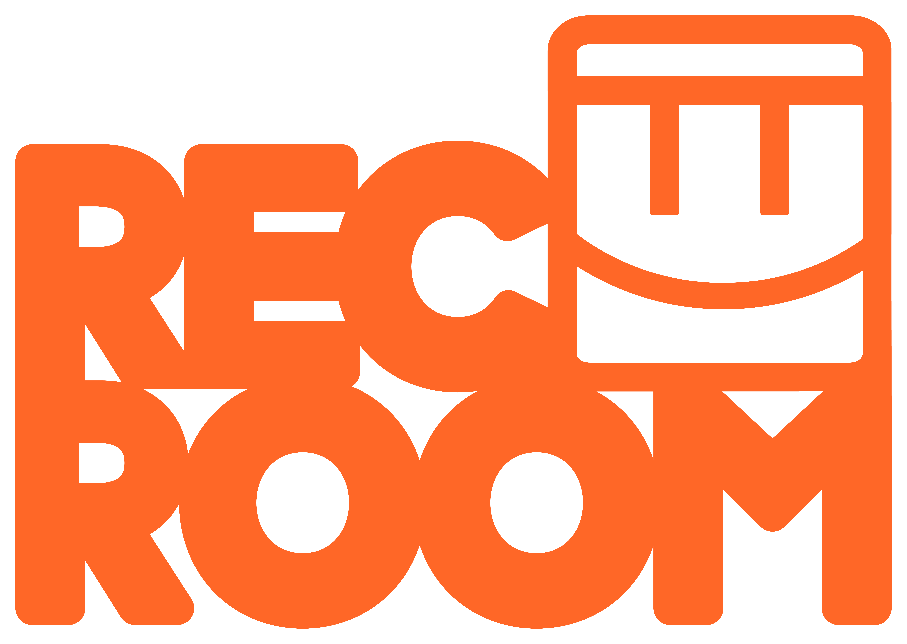I personally think that Player Prompt Multiple Choice and Player Prompt Text isn’t enough. I want to be able to do more with prompts, more than just selecting an option or typing a short answer. I think these variants would go well with our current prompt chips that we currently have.
Player Prompt Multiple Selection
It would function the same as Player Prompt Multiple Choice, but instead of choosing just one option, you can select multiple options. The output ports for Response and Index would be a List<string> port and a List<int> port respectively.
Player Prompt Scale
It would allow a player to choose a number between Minimum Value (int) and Maximum Value (int). It could also include labels from a Labels (List<string>) port. The output port would be an int.
Player Prompt Visual Multiple Choices
It would be the exact same as Player Prompt Multiple Choice with the only difference being that it can support images through a List<RecNet Image> port.
Player Prompt Paragraph
It would be the exact same as Player Prompt Text with the only difference being that the text area is larger so that the player can see long responses better.
Player Prompt Number
It would restrict the response to only be a numeric value (ints and floats). The output would be a float port.
Now here’s one that may be interesting and could potentially be the only prompt chips if it did ever exist.
Custom Prompts
A set of chips that allows a player to build their own prompts without being restricted to the other prompt chips.
Chips Included
- Prompt Part Constant
- Prompt Part Set Data
- Prompt Part Variable/List Variable
- Player Show Prompt
Prompt Part Constant
When configuring Prompt Part Constant, it will allow users to select a type (text, multiple choice, scale, etc.) and the data for it (choices, min/max values, images, etc.).
Prompt Part Set Data
This chip would automatically add or remove ports depending on the type of the Prompt Part input is. It would update the data of the Prompt Part to be the new data inputted from the chip.
Player Show Prompt
It would show a prompt based off a list of Prompt Parts that was given to the chip. The inputs would remain the same, but the outputs would be a little more complicated. To simplify it, I think that for each Prompt Part there is in the Prompt Parts (List<Prompt Part>) port, it would add one or more output ports to the chip. Of course, the outputs would be numbered or something similar to sort them out.
